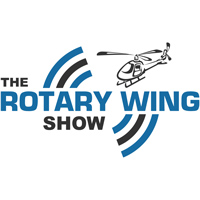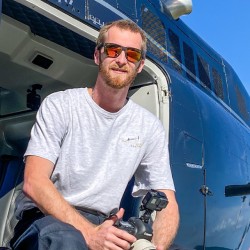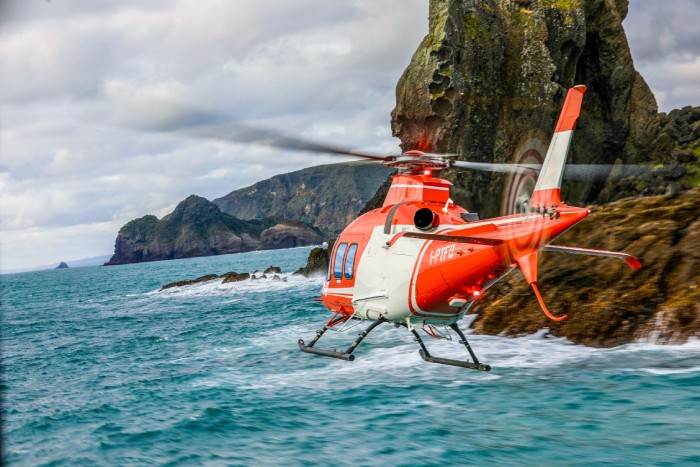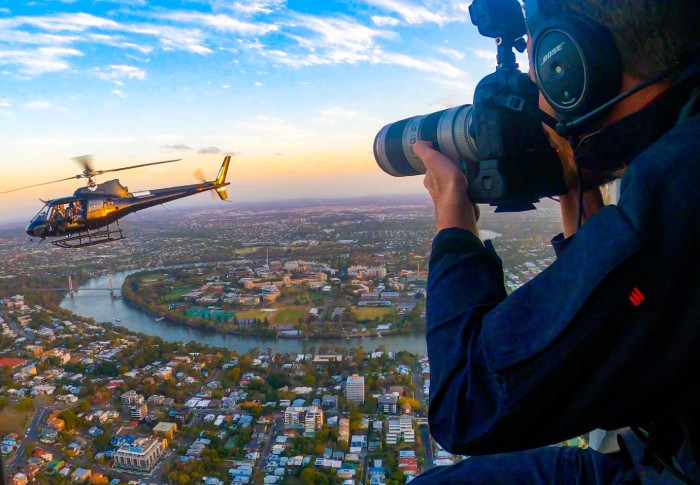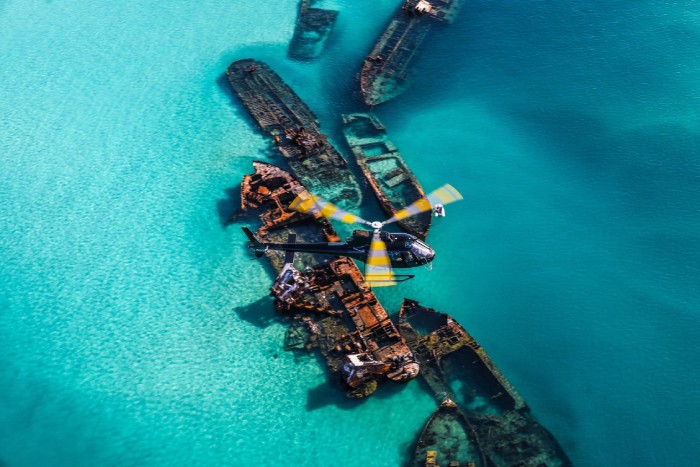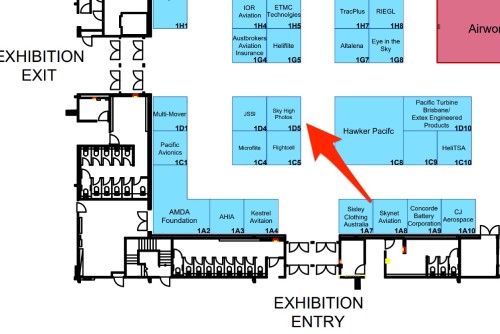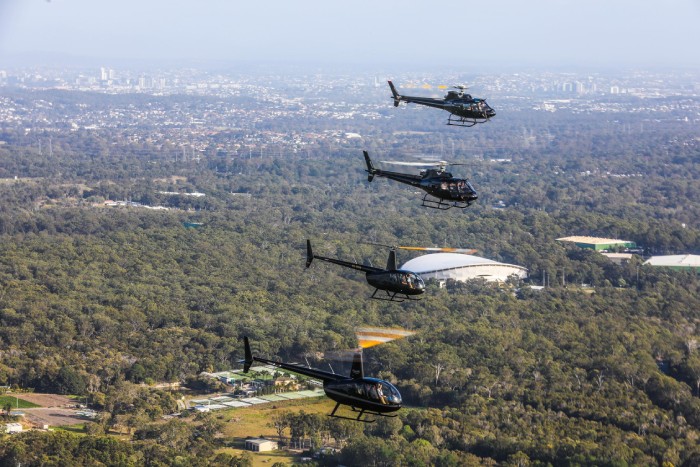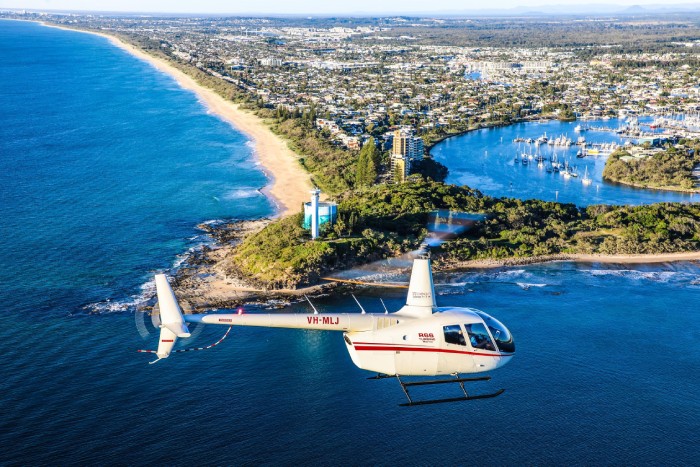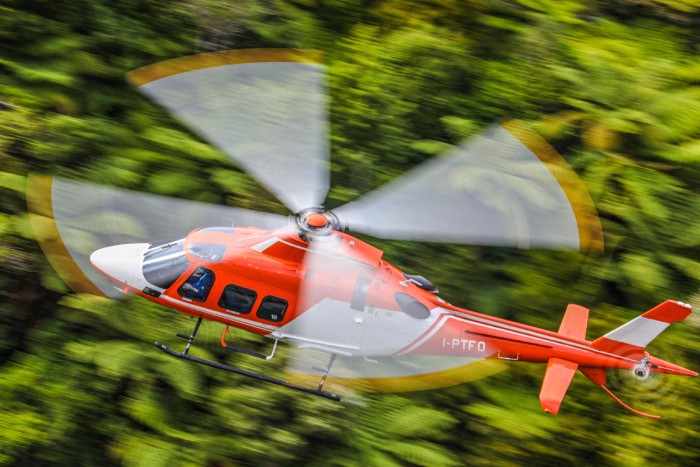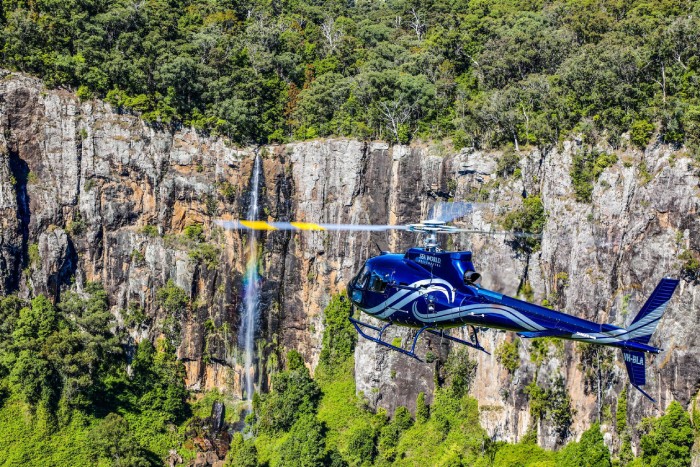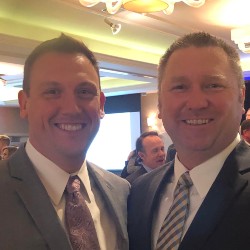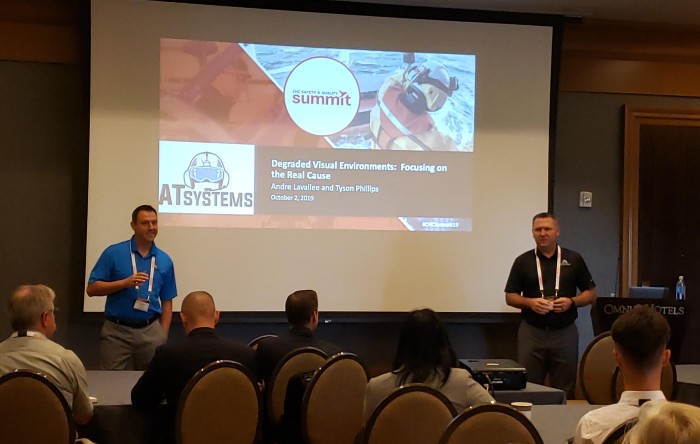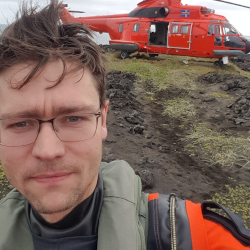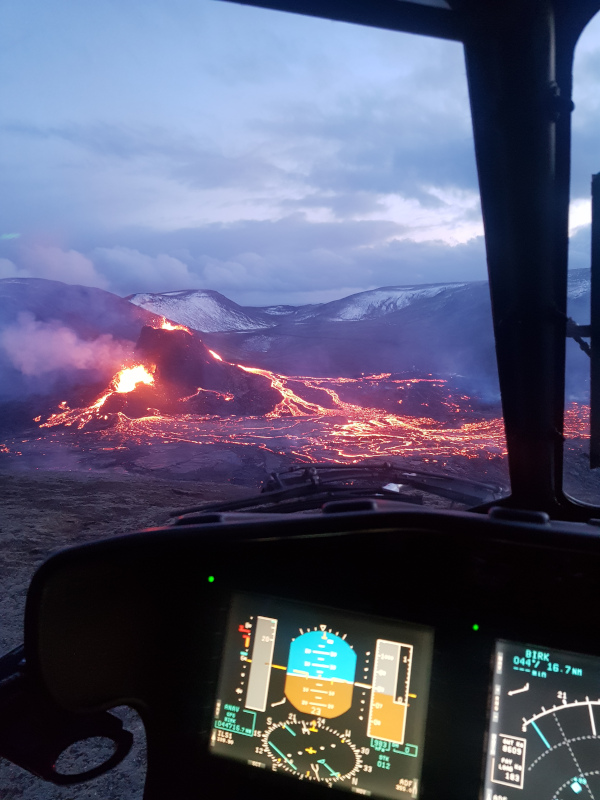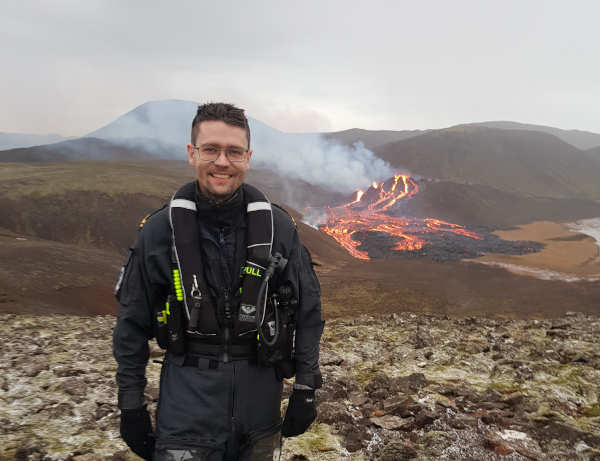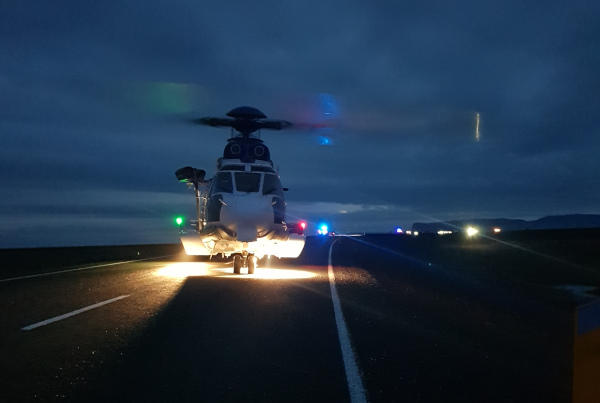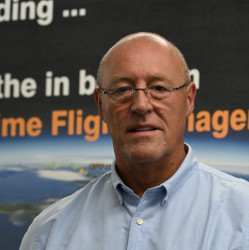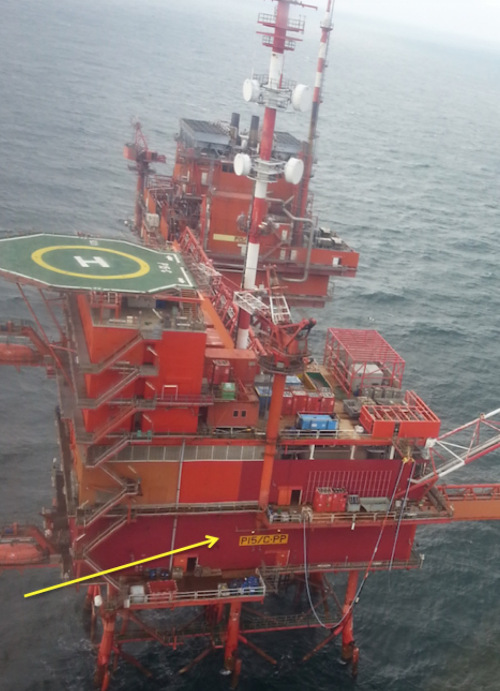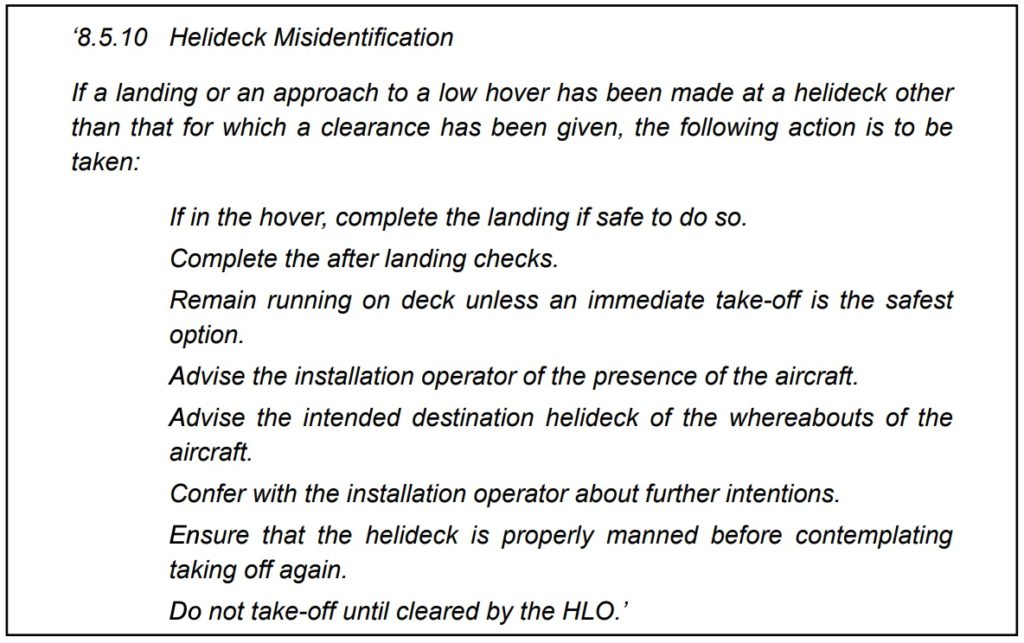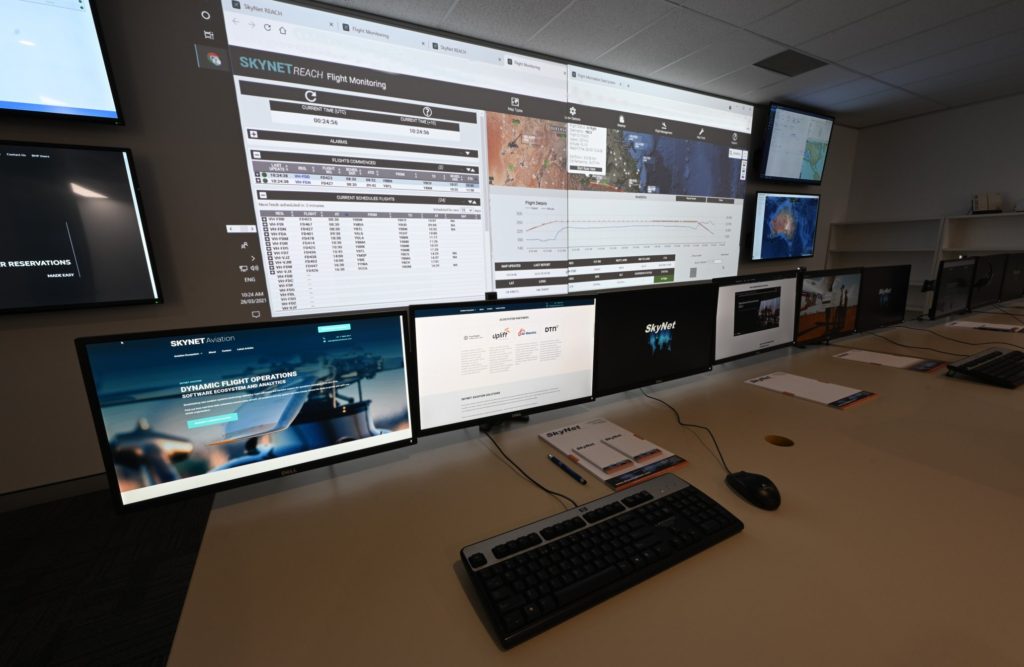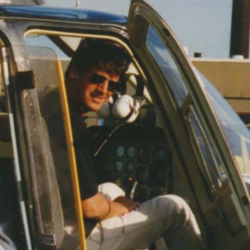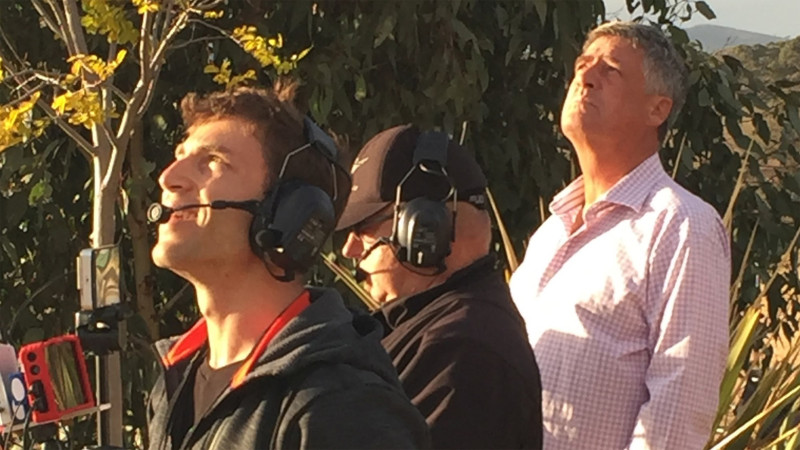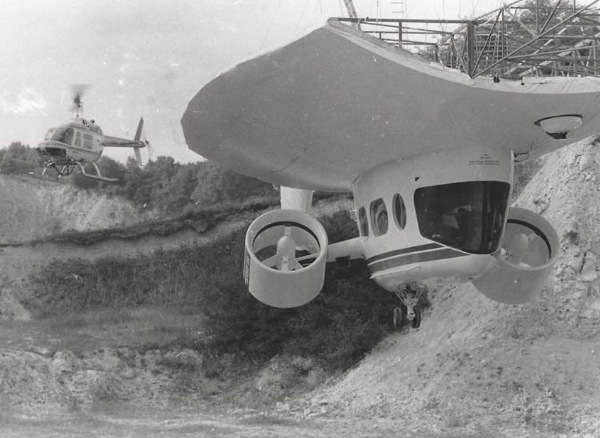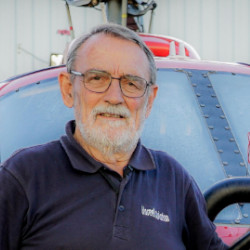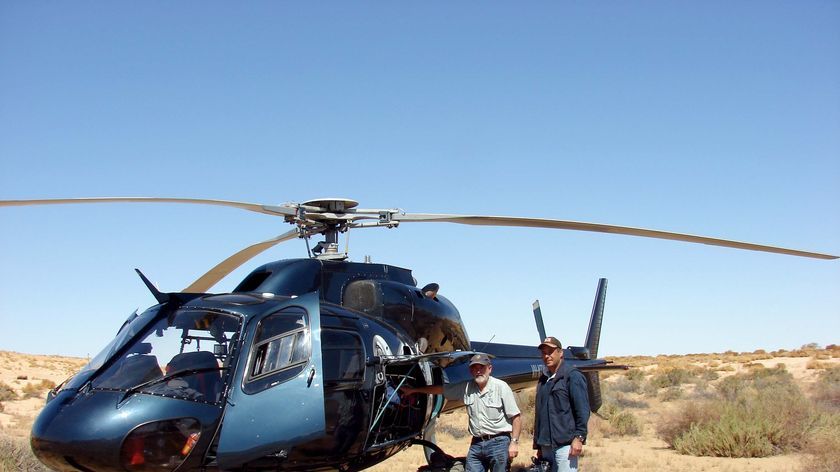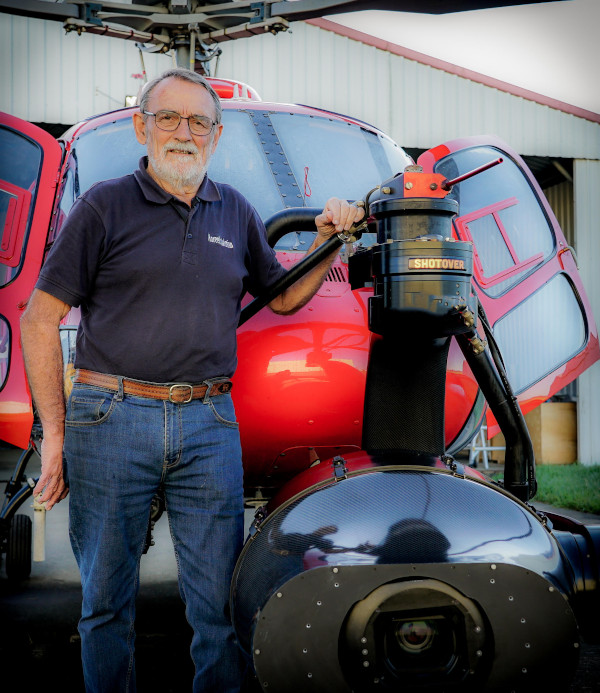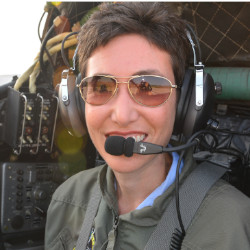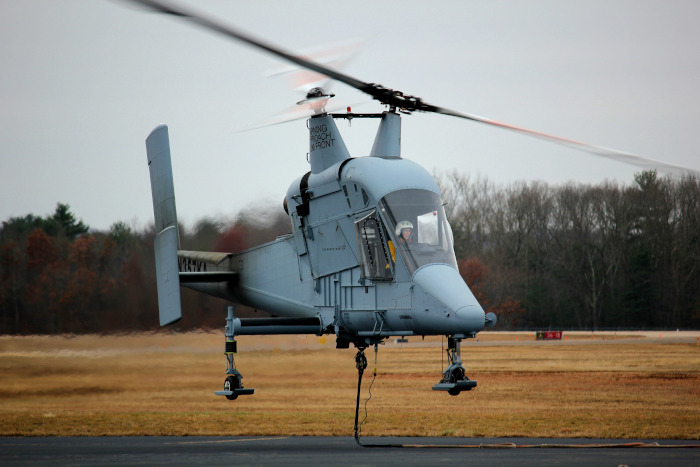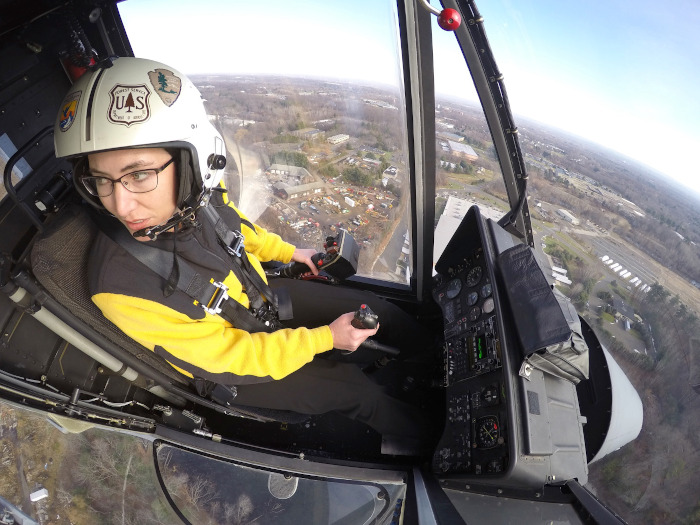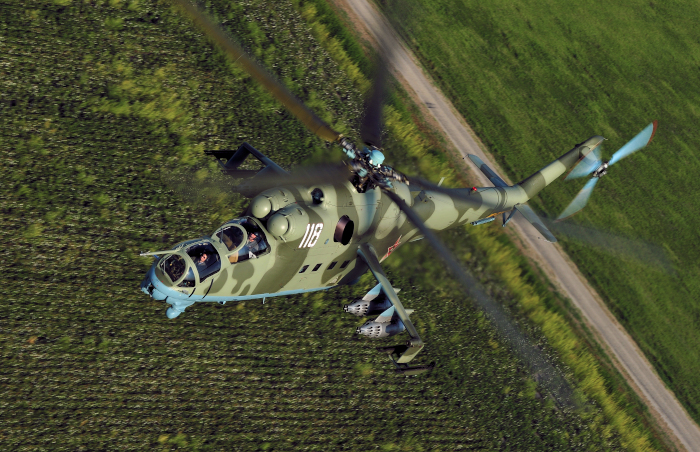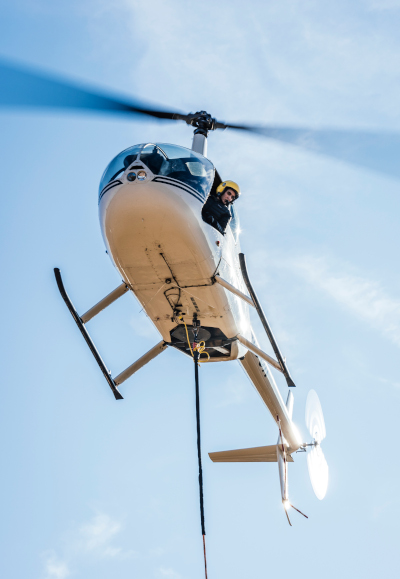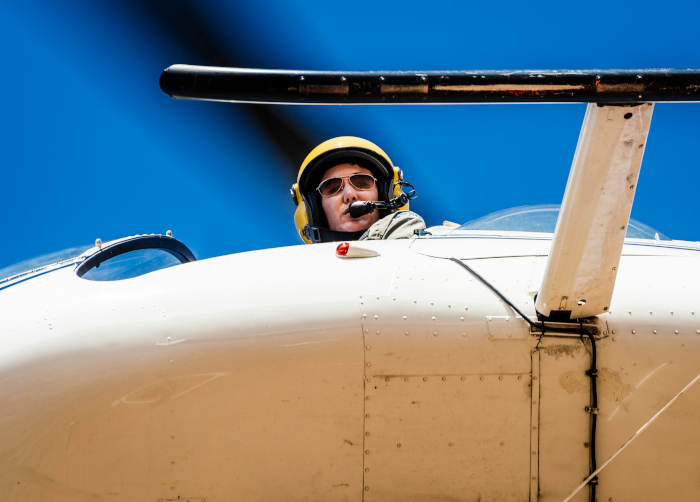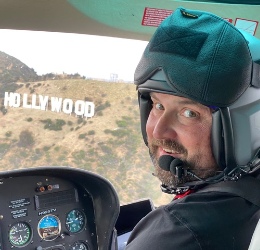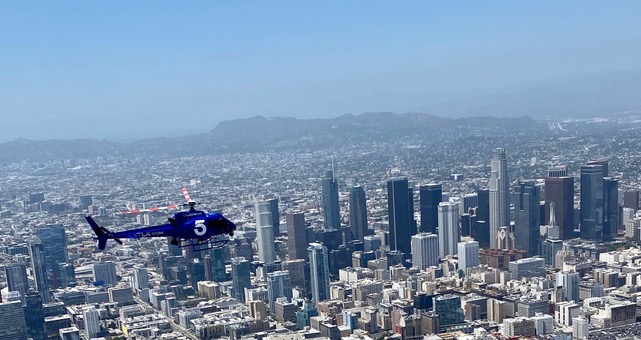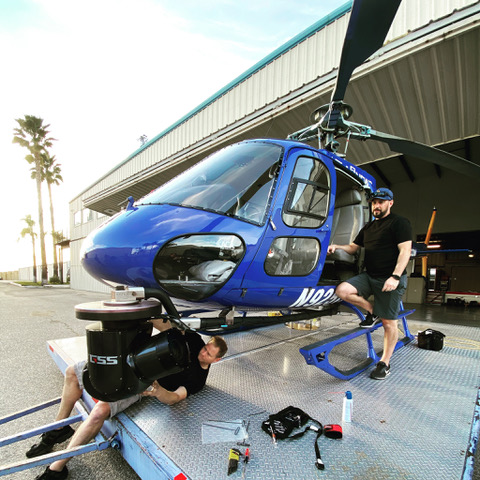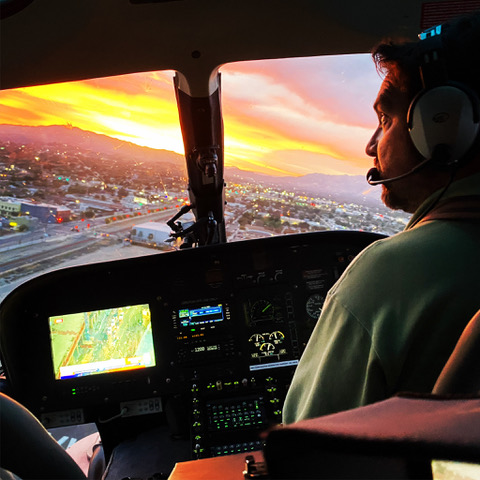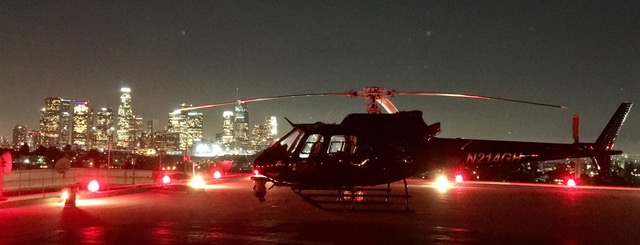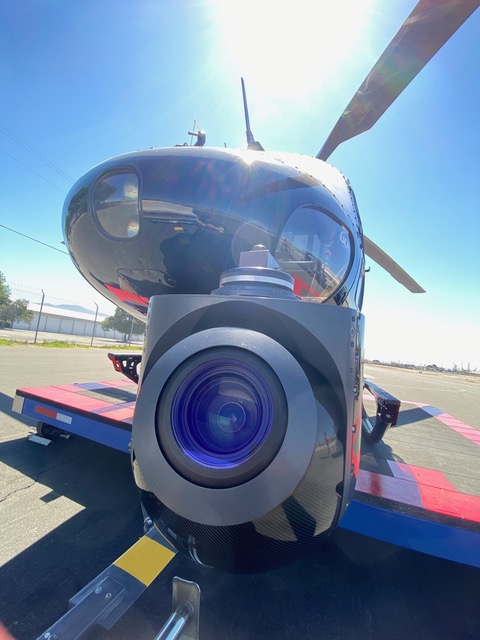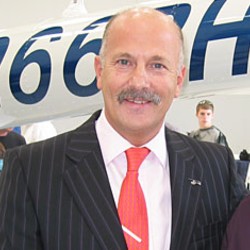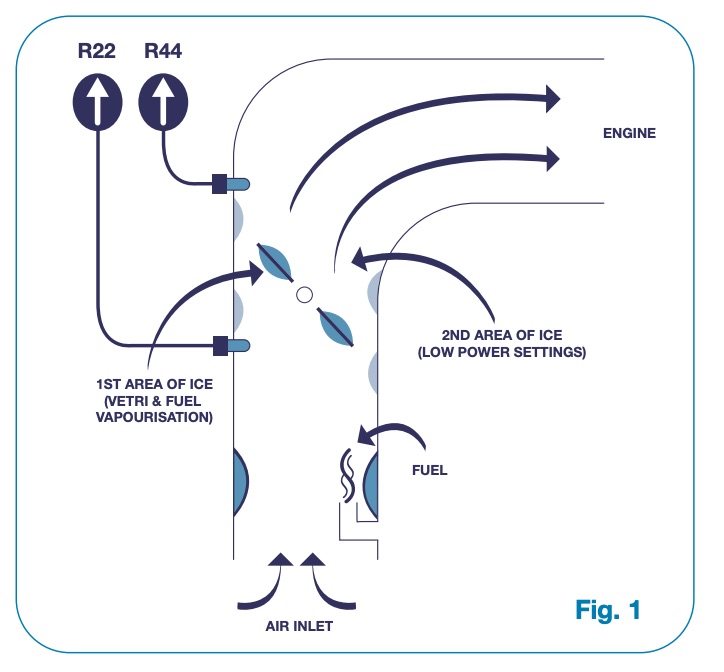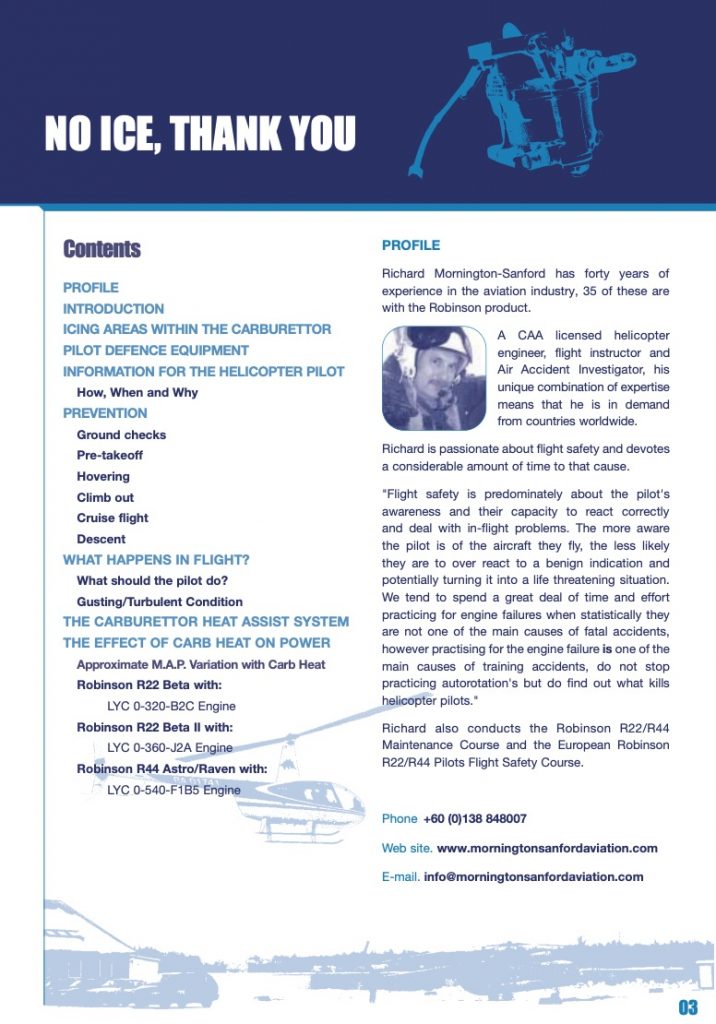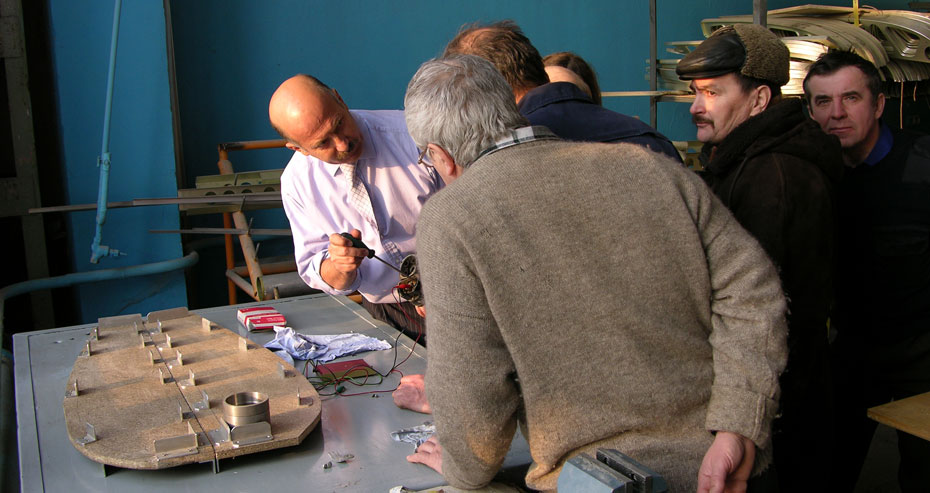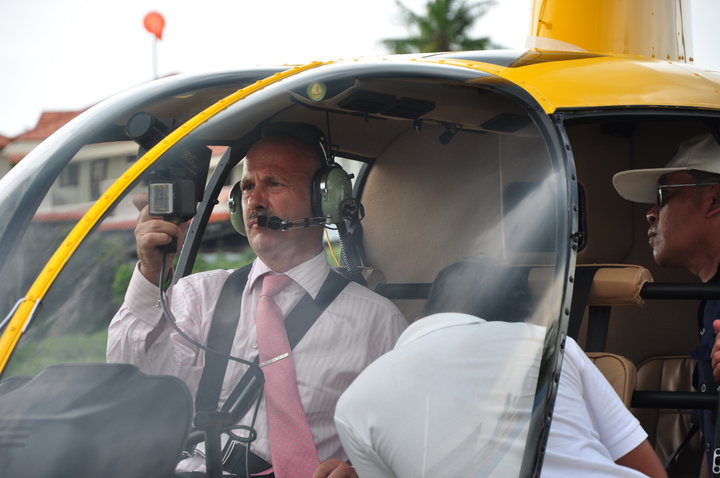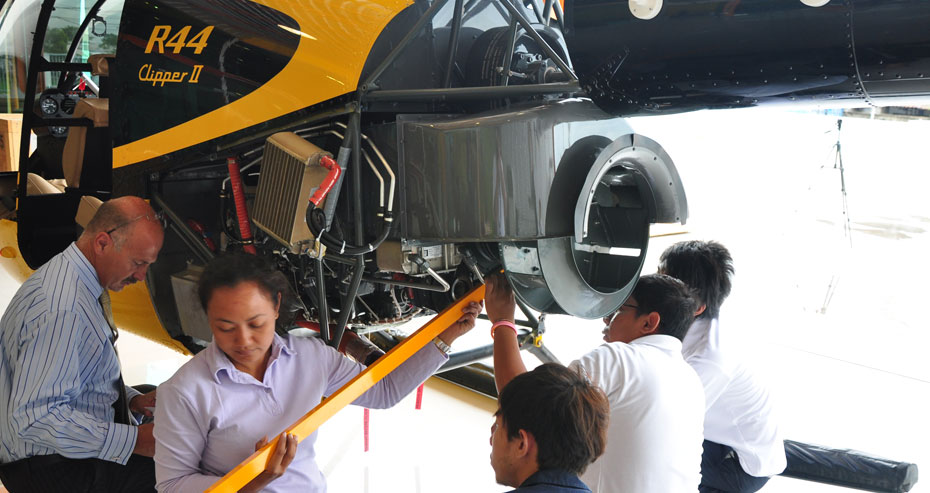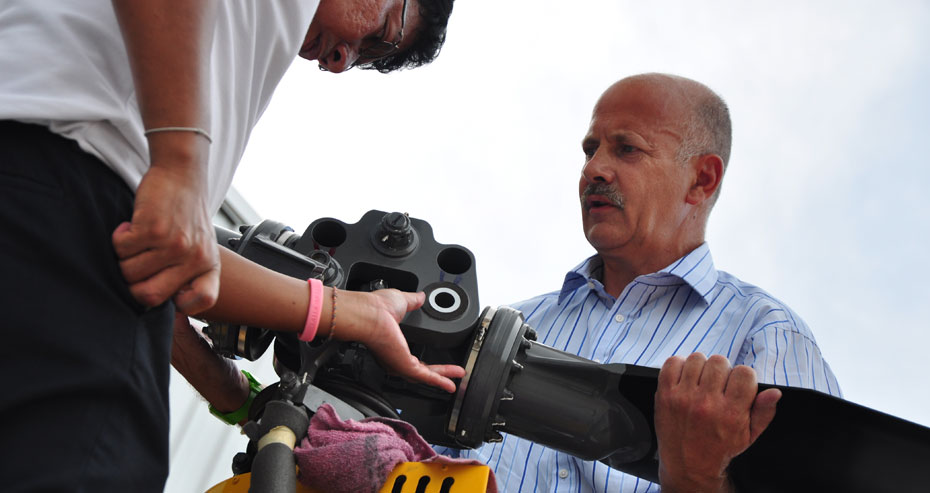Podcast: Play in new window | Download
Subscribe: Apple Podcasts | RSS
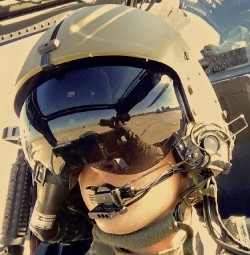
If the images and text on the page of your aerodynamic textbook are starting to blur together then it might be time to take a break and try to ingest the information using another format. Jacob from the YouTube channel Helicopter Lessons in 10 Minutes or Less is an Apache instructor and standards officer who has a great ability to simplify and layout out aerodynamic topics in his videos.
I conducted a number of job interviews for pilots positions when I was heading up the flying school at my past job. To try and keep everything fair and repeatable I had the same list of questions to take all the applicants through.
There was the normal behavioural style interview questions you would expect for any job. And then there were the aviation professional knowledge questions depending on the role we were hiring for.
It surprised me but those professional knowledge questions really split the field and made applicants stand out either for good or bad. People are getting through flight school or have been out on the job flying for a little and are just paying off and ignoring the study that got them the licence in the first place.
The first question that would trip up people would be on VFR alternate weather requirements. Some people would mix up the numbers from VMC criteria with those of alternate minimums. And then there was some confusion at times between minimas when you are able to use Helicopter VMC at the destination and times when you couldn’t for – example in controlled airspace.
And I get it – I know interviews are pretty stressful and artificial. Normally if you weren’t sure of the answer or the number during pre-flight planning you could look it up if you had to.
But that is a pretty fair question for a job interview and you want to be able to nail it and similar air law questions because its going to elevate you above the pack if others aren’t putting in the time to study and keep on top of the regs.
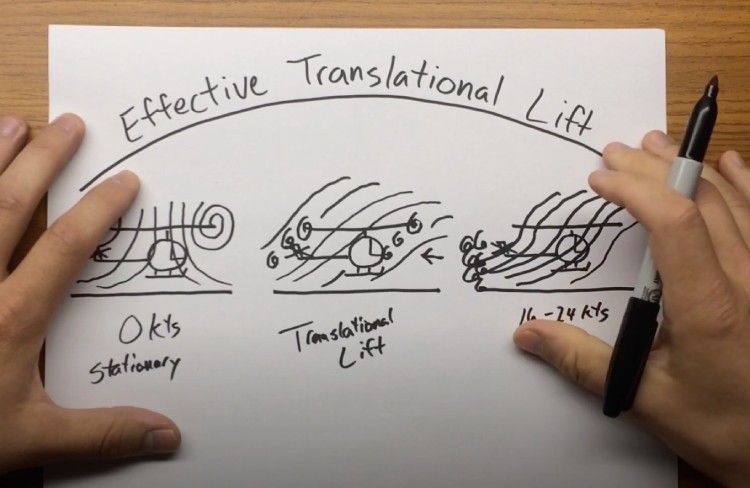
The other one that surprised me was the ability or lack of it for pilot job applicants to be able to draw and label a basic rotor vector diagram on a blank sheet of paper or a whiteboard. For some pilots that looked like something that they just hadn’t done or looked at in a while and they couldn’t do it or could only get parts of it out.
Again I think being able to draw a vector diagram is a pretty low bar for commercial pilots to be able to spit out without too much thought in a job interview scenario. But again asking people to do that really helped to split the pack.
And its tough as an interviewer – you’ve got make a decision in less than 60mins sometime with someone whether they can do the job and where they sit against other applicants. It can come down to few questions like those.
Let’s do a little bit of introspection here – if you are listening to this and the thought of walking up to a blank white board and drawing a basic vector diagram then using that to explain dissymmetry of lift, ground effect and autorotation – if that makes you sweat and feel a bit uncomfortable – Then thats great! We found an easy spot where you can put a bit of effort in and get yourself back up to a professional standard.
It shouldn’t matter if you are a commercial pilot or a private pilot – that professional standard and pride is something that we should hold ourselves to and each other too. We owe it to our families and to the people that trust us to fly them around.
And if you have to do it in your next job interview and you pull it off flawlessly and confidently – send me the cheque in the mail!
To turn you into an aerodynamics guru in the shortest amount of time, probably the best resource I can point you to is the youtube channel Helicopter Lessons in 10 Minutes or less.
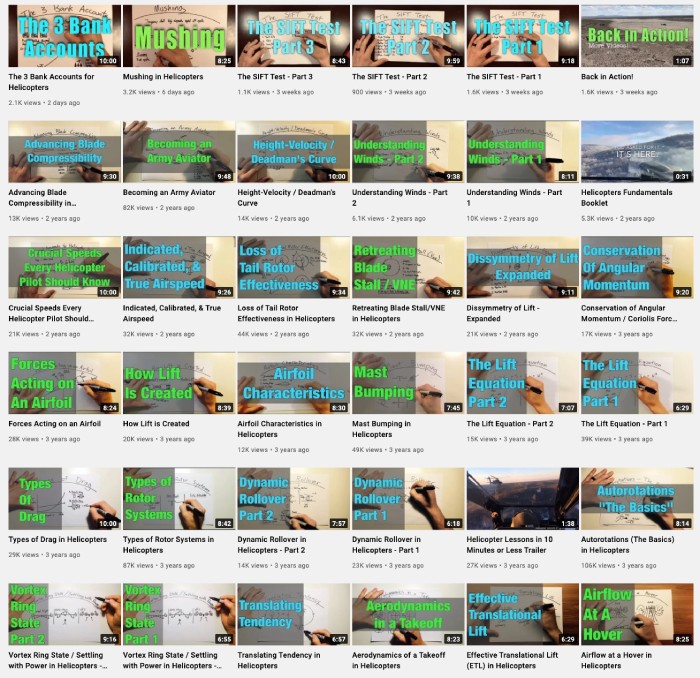
To chat about the history of the channel and what goes into making the videos we’ve got the creator Jacob joining us today. Jacob is an Apache instructor and standards officer.
After a bit of a hiatus out doing what apache pilots do – Jacob is back online and has started releasing some new videos and has several more topics in the queue.
Podcast: Subscribe in iTunes | Play in new window | Download
Links from this week’s episode:
Support the podcast on Patreon
Jacob’s YouTube Channel – Helicopter Lessons in 10 Minutes or Less
Be part of the conversation! What was your biggest takeaway from this episode?
